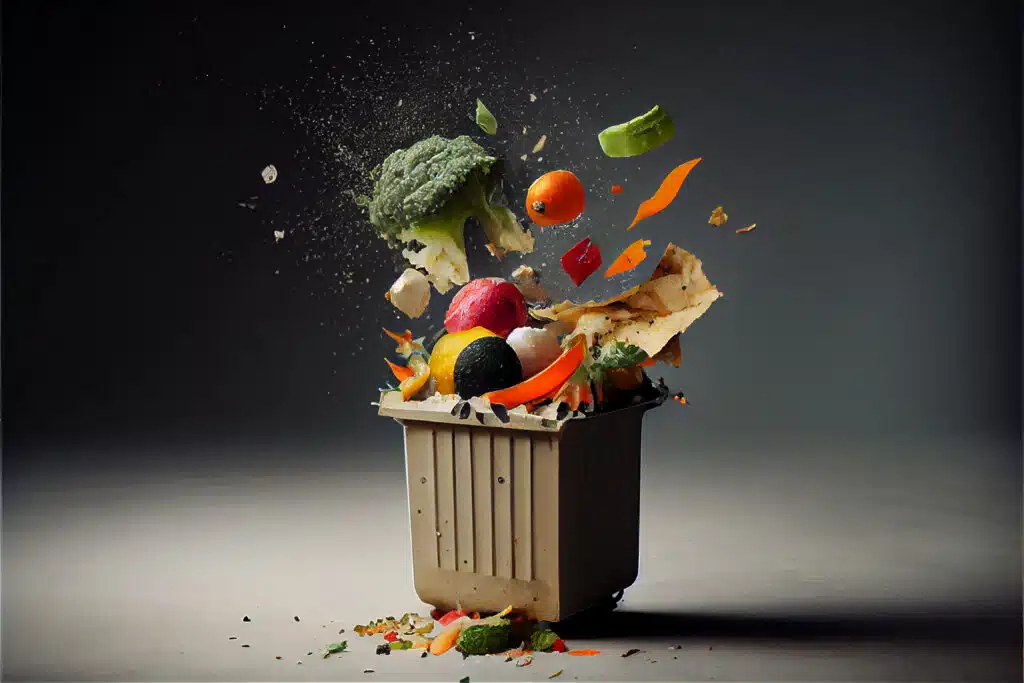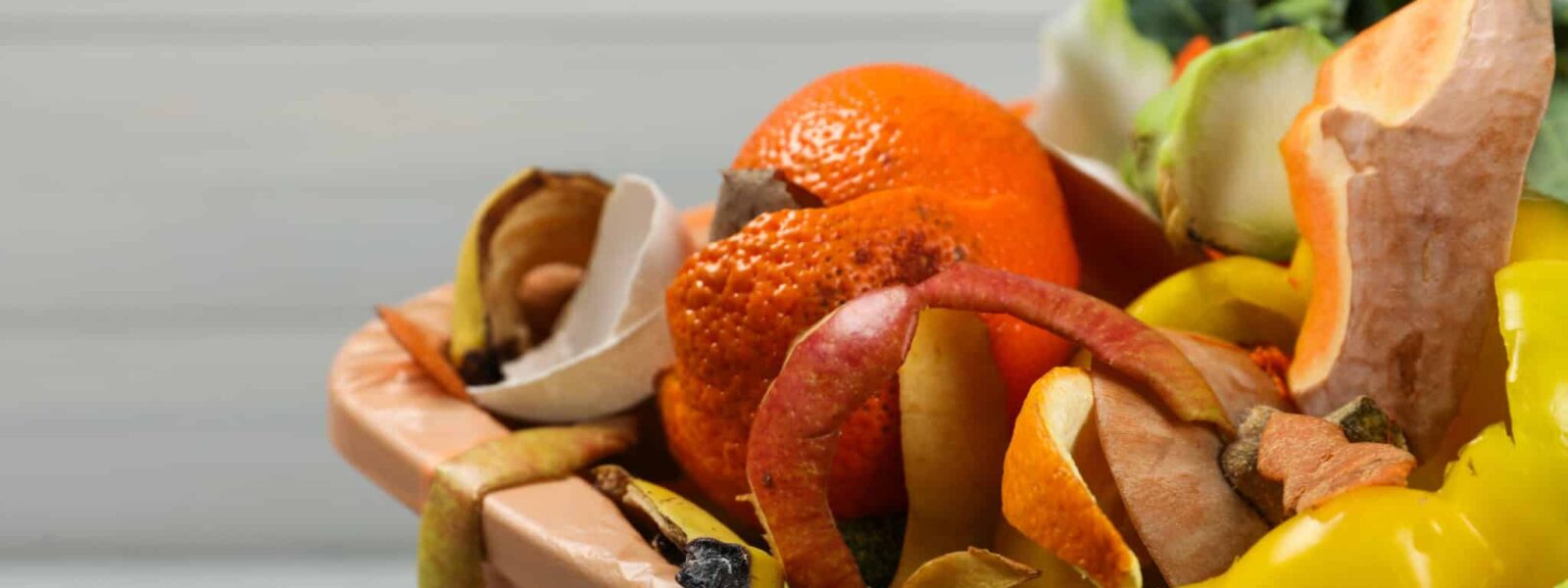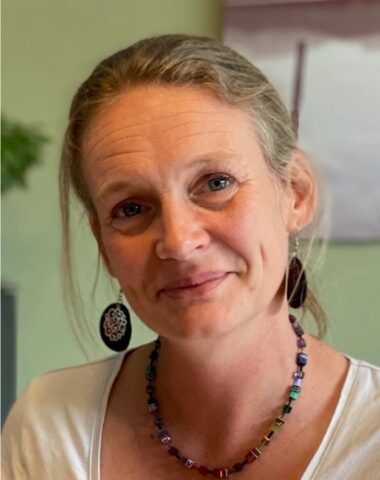Micro-methanisation: turning urban food waste into energy
- Of the 253 kg of residual waste generated by a French person each year, 32.8% can be recycled as it is due to bio-waste.
- Like composting, micro-methanisation could be a new way of recovering waste in cities.
- This method has two major advantages: autonomy and modularity, which makes it very interesting for urban and peri-urban use.
- Micro-methanisation is still very rare in Europe, with only 90 units in France.
- This is because there is still very little evidence of economic profitability for an investment of between €150,000 and €700,000.
On average, each French person generates 253 kg of residual waste (grey bin waste) per year1. The good news is that most of it (32.8%) is actually recoverable: this is decayable bio-waste (food waste and green waste). However, 57% of French people still throw their food waste away with household waste, mainly because there is no separate collection2. A law that came into place on 10th February 2020 on the fight against waste and the circular economy requires all producers to sort bio-waste at source by 1st January 2024.
Micro-methanisation is very beneficial for urban or peri-urban use.
So, what should we do with these large volumes of bio-waste? To date, composting is the most popular solution: in France, there are 749 composting centres compared to 17 household waste methanisation units3. For some, micro-methanisation could be a new way of recycling in cities.
Autonomy, an advantage of micro-methanisation
Like methanisation, micro-methanisation is based on the fermentation of organic matter in the absence of oxygen. It produces methane and a digestate that can be used in agriculture. What is special about the process? “Territorial or agricultural methanisation units treat tens or even hundreds of thousands of tonnes of waste each year,” explains Anne Trémier, director of the OPAALE research unit at INRAE. In a micro-methanisation unit, we do not exceed 1,000 tonnes per year. It should be noted that there is no harmonised definition of the term. Some manufacturers, such as Tryon-environnement, position themselves on the micro-methanisation market with a treatment capacity of 1,000 to 8,000 t/year. “The regulations do not address micro-methanisation in particular,” adds Julien Thual, an expert at Ademe’s waste recovery department. “At Ademe, we talk more about autonomous methanisation because that is what characterises these units.”
Autonomy is one of the advantages of micro-methanisation. For example, for Bee&Co’s BioBeeBox unit, the biogas feeds a cogeneration turbine that produces heat and electricity. The latter supplies the needs of the micro-methaniser, notably to heat the hygienisation and digestion tanks. Surplus electricity can be fed into the grid, and the heat produces domestic hot water. “Their deployment could be justified in isolated areas, where autonomy is essential,” says Julien Thual. The Puxin micro-methaniser, for example, is widely deployed in India to produce biogas for domestic use.
Modularity and micro-methanisation
Another advantage is modularity. All the processes – grinding, hygienisation, anaerobic digestion, cogeneration, and composting – are integrated into a container. The footprint is limited to about ten square metres. “This small footprint makes micro-methanisation very interesting for urban or suburban use,” says Anne Trémier. “Another factor is the modularity: it is easy to add or remove containers to modulate the treatment capacity.” Researchers at ITM Atlantic have analysed 15 international urban methanisation projects (almost all of which treat more than 1,000 t/year)4. They observe that it is interesting to place the treatment unit in the heart of new low-density urban districts.

Conversely, it is preferable to relocate the methaniser to the outskirts of very dense neighbourhoods or neighbourhoods already equipped with waste management systems. “With the Decisive research project5, we have shown that micro-methanisation does not replace other recovery solutions but is complementary,” says Anne Trémier. “In new districts, these local units make it possible to rethink the entire recovery chain while adapting to needs.” Anne Trémier adds, “existing methanisation or composting facilities will not be able to increase their treatment capacity. With the obligation to treat bio-waste at source, micro-methanisation in peri-urban areas can meet these additional recovery needs.” Finally, one of the Decivise project pilots has shown the interest of implementing micro-methanisation in sparsely populated areas, thus reducing the transport of bio-waste.
What are the obstacles to micro-methanisation?
However, the process is still not very widespread in Europe. The first units were identified in the early 2000s in eco-districts in Germany and the Netherlands6. SEaB Energy, a British company, is the European leader in urban micro-methanisation, and a few French start-ups have emerged in recent years (such as Bee&Co). A report by Metha’synergie7 (the institutional and professional players in the methanisation sector in the PACA region) lists 875 on-farm micro-methanisation units in Europe in 2015, including 660 in Germany and 26 in France. The author carries out a more recent census in 2020 in France: 90 units are counted, including 3 treating bio-waste. Micro-methanisation is widely deployed in agricultural environments, and in France only a few pilot units are testing the process in urban environments.
There is no micro-methanisation installation using bio-waste in France that has yet demonstrated its economic performance.
The reason for such a timid deployment? Economic profitability. The investment required to install a micro-methanisation unit for biowaste or food industry residues is between €150,000 and €700,000. And the unit consumes heat and electricity: part of the production is used to power it. As a result, the quantities of biogas, electricity or heat sold are small. “I don’t know of any micro-methanisation installations for bio-waste in France that have demonstrated their economic performance, although we have supported many pilots,” points out Julien Thual. “The economic aspect is underestimated, and neighbourhood composting facilities are often more affordable technically and economically.” Some new avenues of recovery are being explored to ensure the profitability of these systems. In the Decisive project, the digestate was used as a substrate to produce a biopesticide similar to a commercial product. “The process is less energy intensive than the one currently used,” says Anne Trémier. “We imagine that part of the profitability of micro-methanisation could come from these high value-added products from the digestate.”
In addition, there are regulations. Considered as classified installations for the protection of the environment (ICPE), just like larger methanisation units, micro-methanisation units must be installed more than 100 m from dwellings. “This is a very important barrier for these proximity installations, and one wonders whether a special regime could be put in place,” states Anne Trémier.
Will micro-methanisation be the solution of the future in cities? “It is important to identify the territorial context: the available sources of waste, the existing installations, etc.,” concludes Julien Thual. “The idea of micro-methanisation is attractive, but it must first demonstrate good performance, including economic performance.” Micro-methanisation can, in the same way as local composting, benefit from greater social acceptance. “Previous studies89 have shown that home composting encourages local residents to sort better and even produce less waste,” concludes Anne Trémier. “We do not yet have the same experience with micro-methanisation, but we hope that it will be as acceptable.”
















